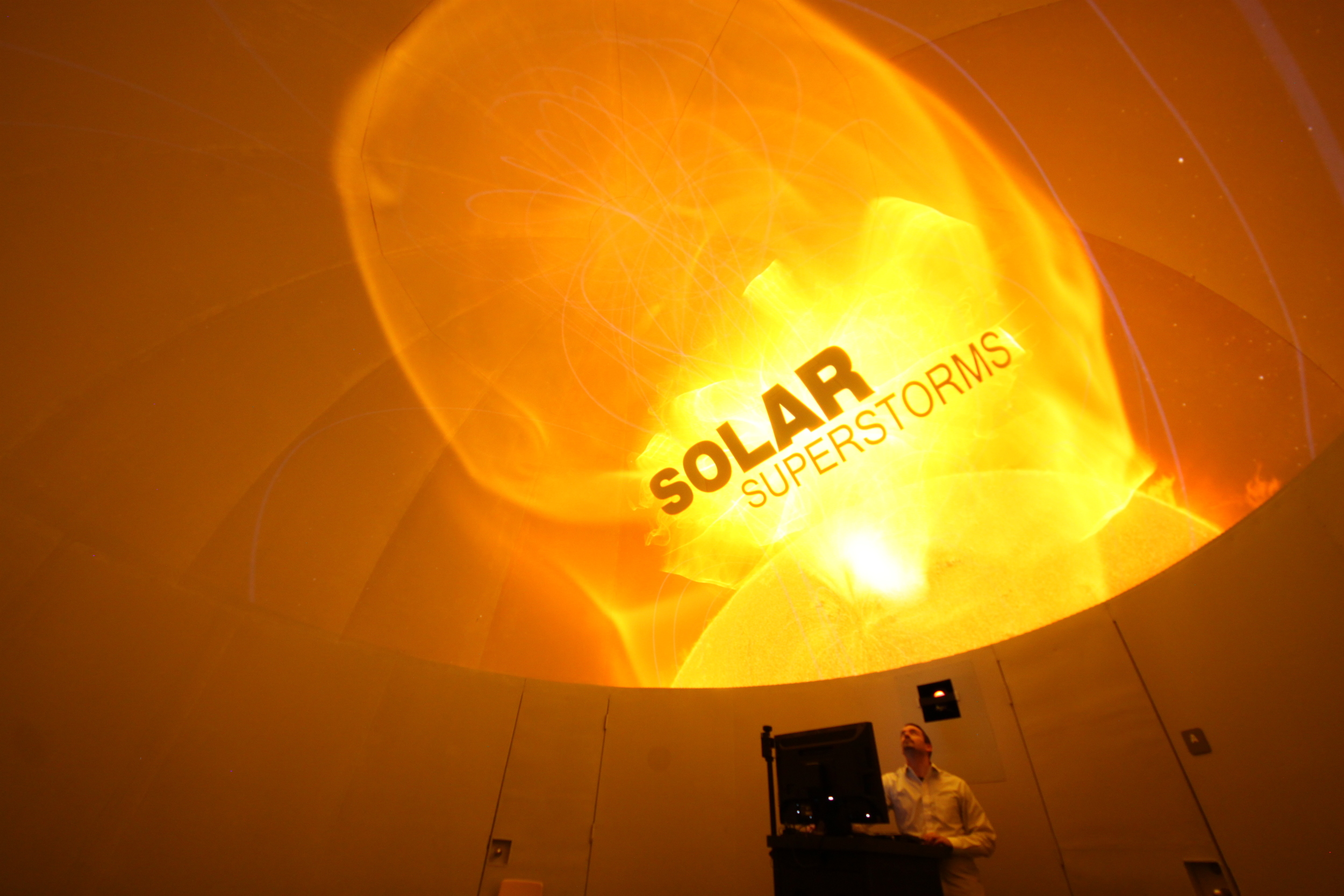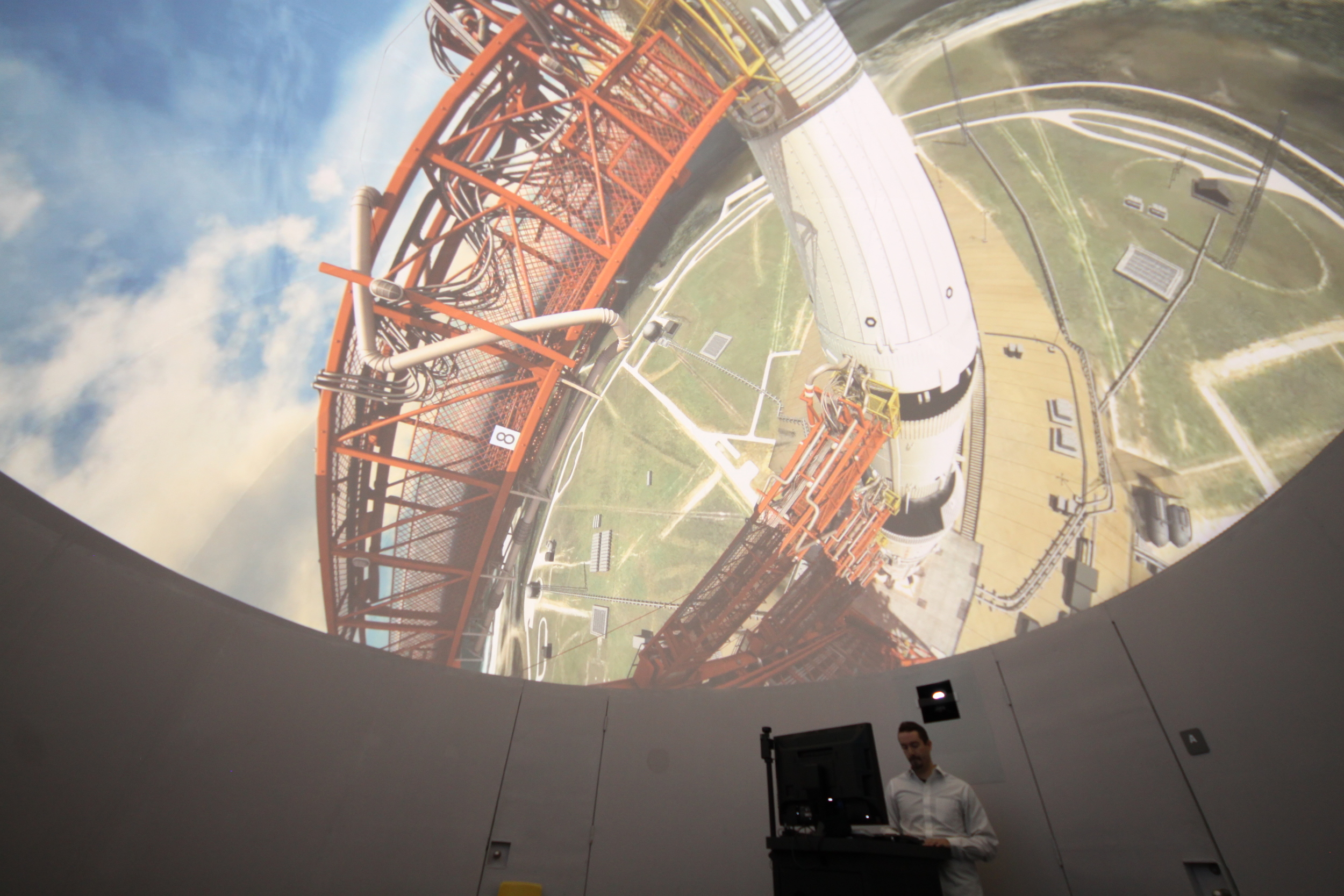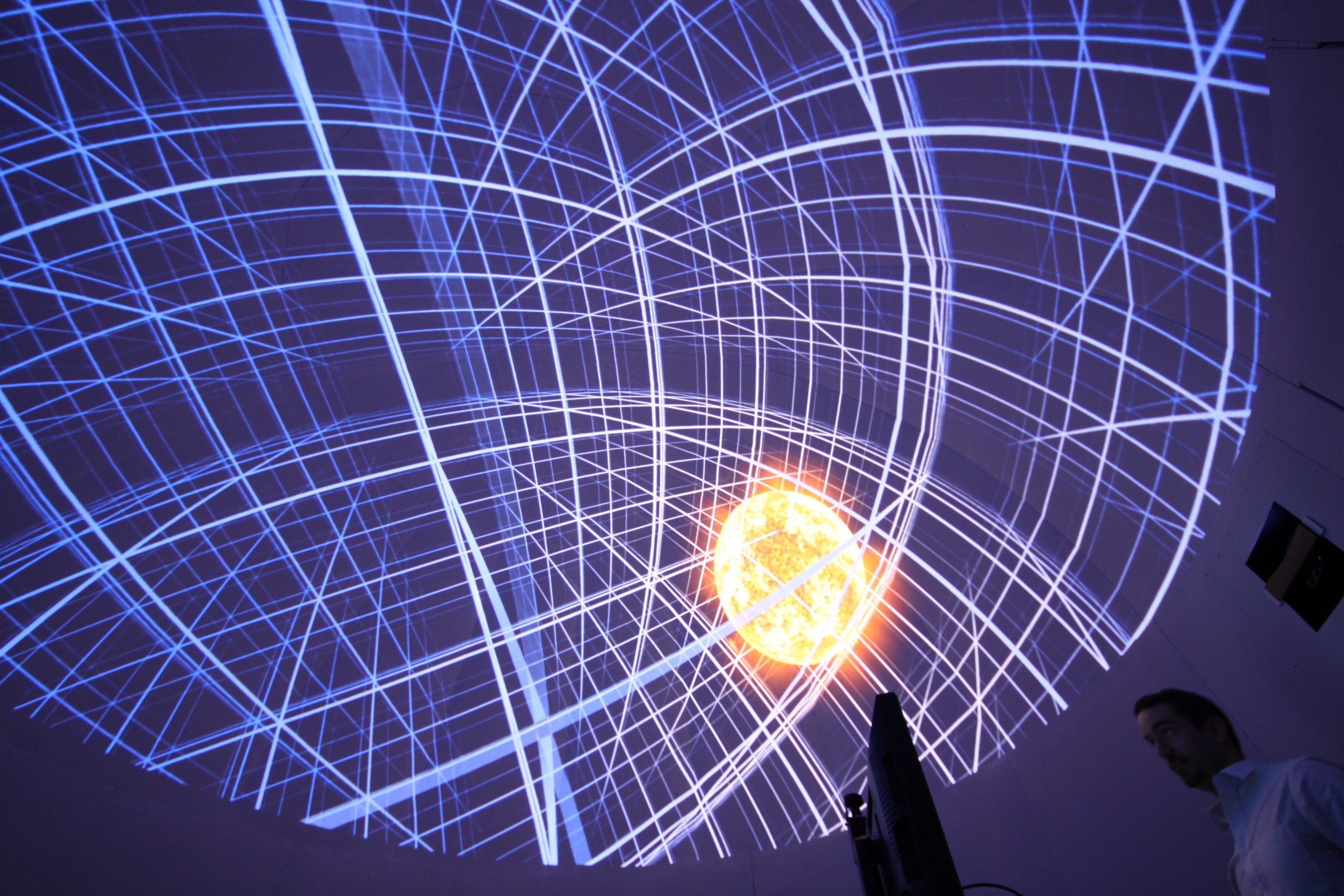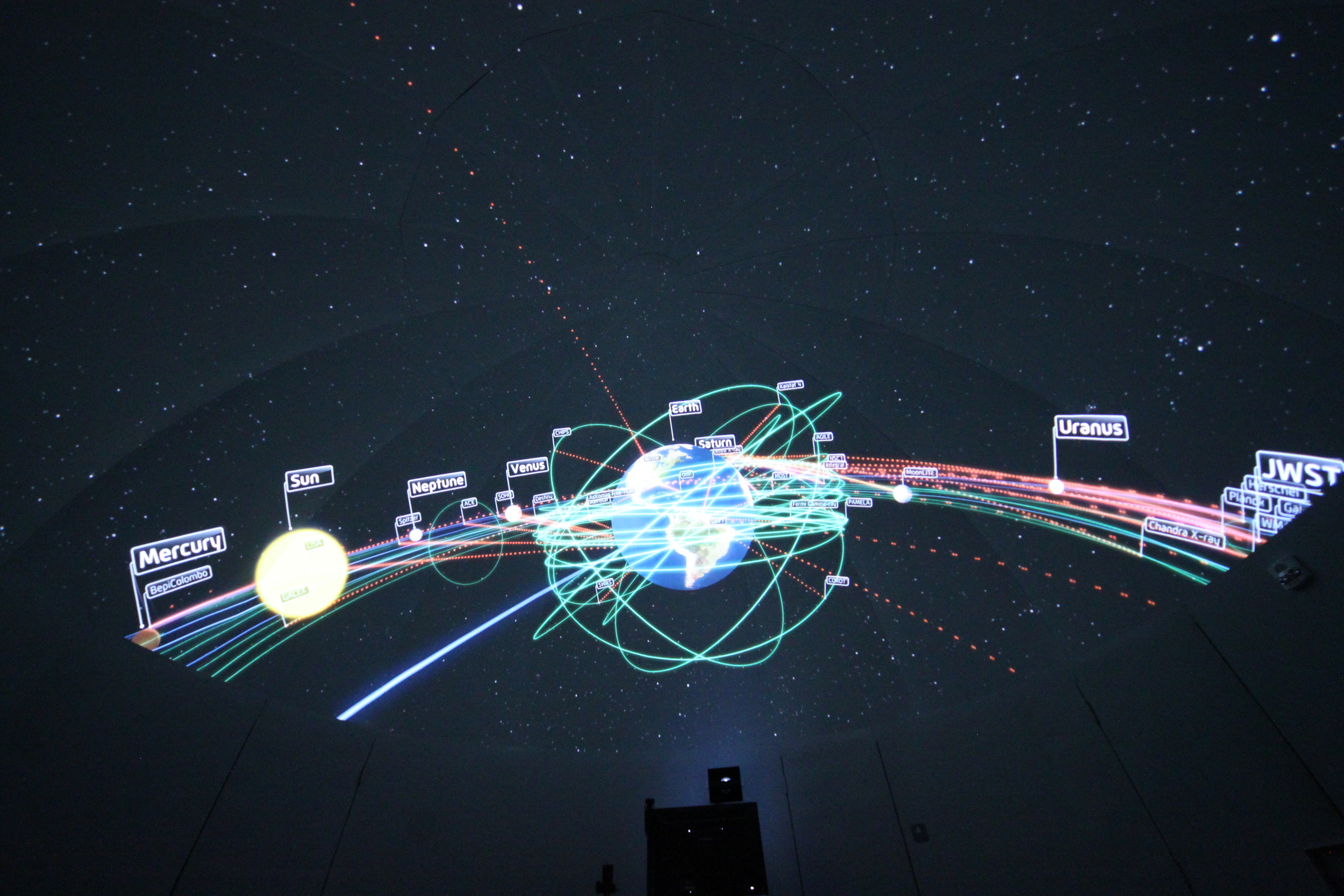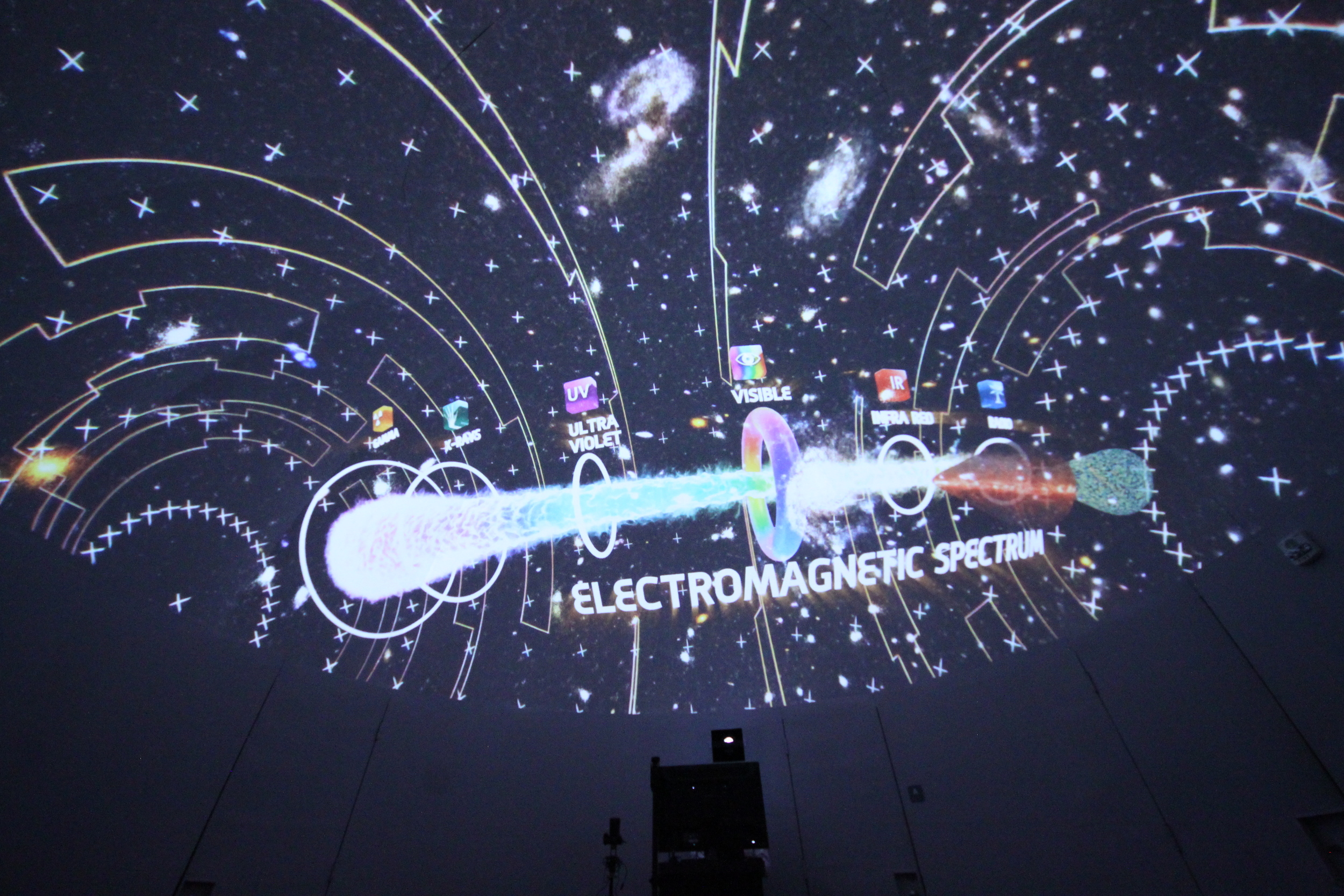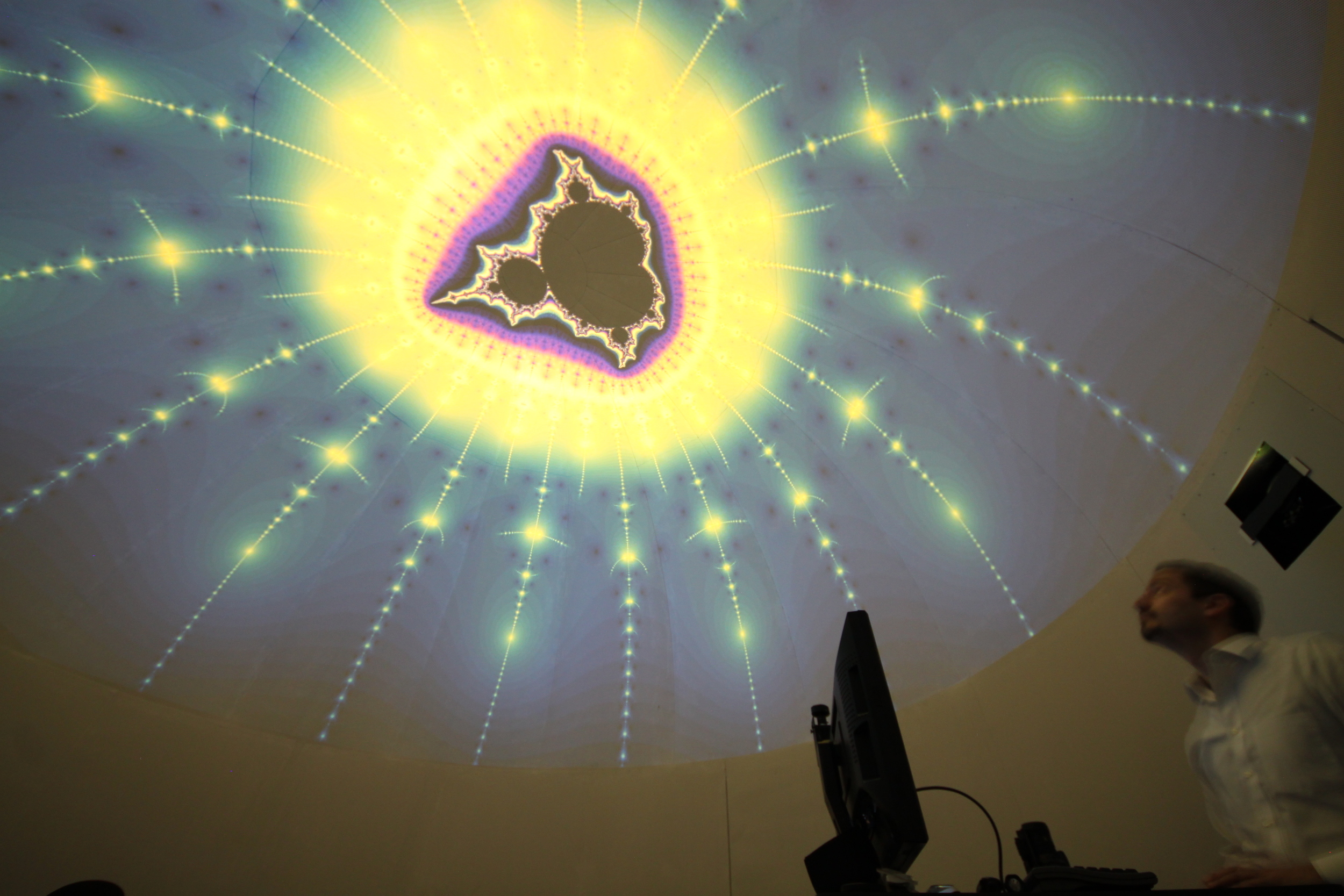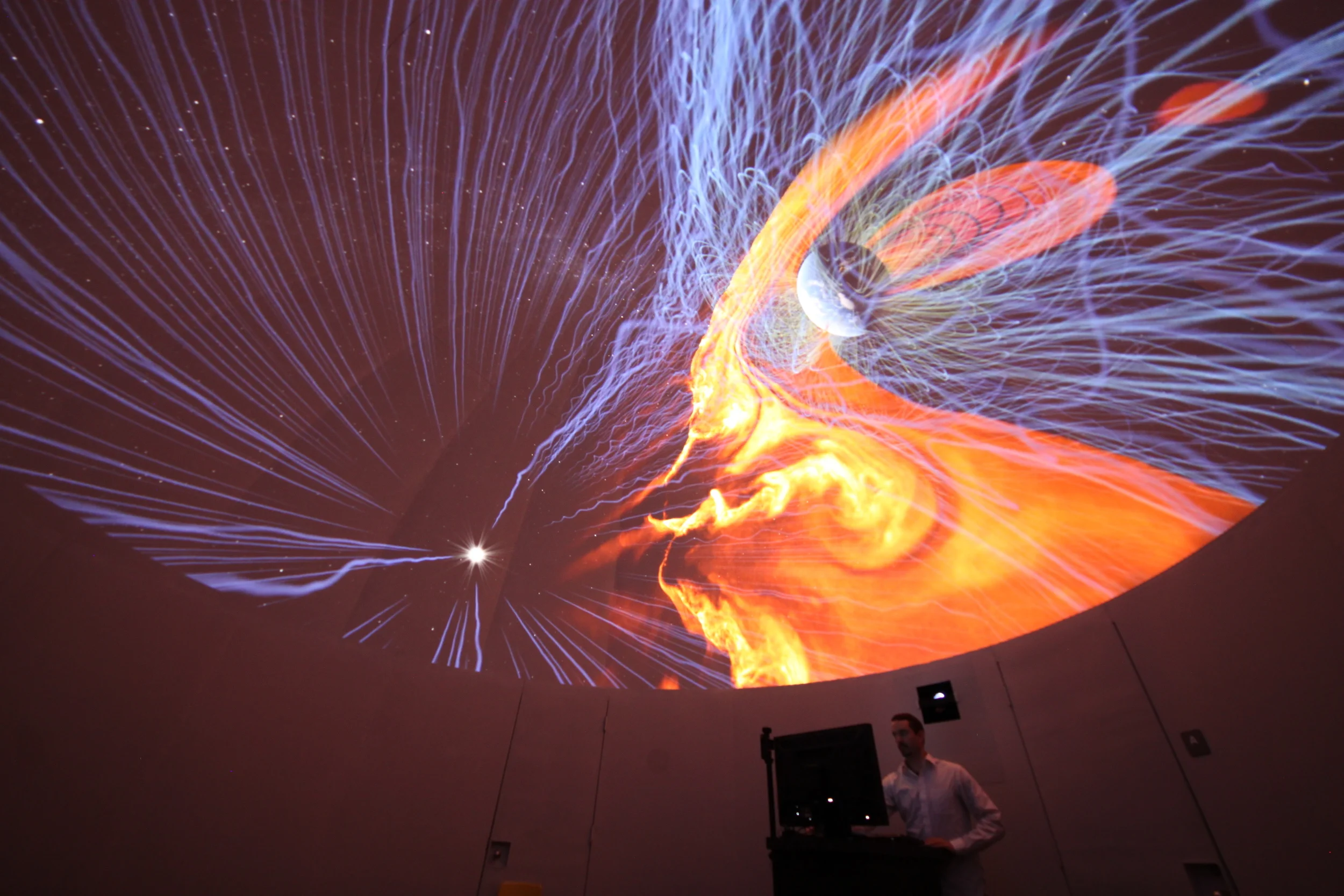




Planetarium Home
Planetarium Home
THe NEw and improved UHD Planetarium
The planetarium projection installation was completely updated in May 2015 to a SciDome XD-S two-projector system which has 6 times the resolution and 4 times the brightness of the SciDome that it replaced. This makes the new system one of the brightest and highest resolution planetariums in a 20-foot diameter dome in the world. We also have a SciTouch infrared laser controller which turns the dome into a touch screen, allowing the user direct interaction with the entire screen. The Layered Earth geology software, essentially Google Earth on steroids, is also present on the system opening up entirely new vistas in Earth Science studies as hundreds of overlays can be plotted on the surface and even beneath the surface of the 3D Earth. Learn more (including tech specs for those interested)...
2 Fulldome Software
2 Fulldome Software
Check out the new software suite available to SciDome Planetariums.
Now available to SciDome planetariums, the Fulldome software suite. Interactive learning about orbits (Newton's Mountain), the geocentric model (Epicycles), and Tides.
Click on each program icon to get a more in depth look at the controls and graphical interface of each program. Each piece of software will come with three documents. An installation guide, a guide to the controls, and a guide on how to present the material in a pedagogical way.

Educating in a Big Way
Educating in a Big Way
David H. Bradstreet, Ph.D, is Professor and Chair of the Department of Astronomy and Physics and also serves as the Observatory/Planetarium director. "Astronomy is probably the most popular of the sciences and also the least taught in schools," Dr. Bradstreet said. "I'm trying to change that. I see astronomy as a much more fundamental science through which many of the other sciences can be taught. After learning about astronomy, students and the community alike often say, ‘I had no idea how fantastic the universe really is'. Their understanding of God is profoundly influenced when they better understand the universe that He has made and sustains. Astronomy education is critical."
Steven J. Sanders has been at Eastern University since 1997 when he attended the university as a freshman. Shortly after graduating he came back to serve as the Observatory Coordinator from 2002-2016. As a graduate of the Literature department, Steven brought his love for reading and understanding science together in hopes to help people understand astronomy better. With a strong liberal arts background and the teachings of Dr. Bradstreet he took to putting his artistic side to use and started making 3D movies of astronomical events in 2008. Presently he has shifted into a new role as the Planetarium and Observatory Coordinator and plans on bringing more planetarium shows to the public and students in the upcoming years.

Planetarium Shows
Planetarium Shows
Come to the Julia Fowler Planetarium for stunning and engaging shows, presented by in-house experts. Many fulldome shows are voiced by popular actors such as Mark Hamill, Benedict Cumberbatch, David Tennant, Liam Neeson, etc.
exclusive shows at Eastern University
Dr. Bradstreet and Steve Sanders present live shows at the Julia Fowler Planetarium. They have created many unique presentations that are exclusive to Eastern University. Shows include:
+ Live Sky Tonight
Live sky tonight shows are given by one of our planetarium instructors. These presentations are interactive and will showcase the constellations, planets, and other astronomical events happening on the night of your visit.
+ Curriculum Series
In the Curriculum series we will dive into the Fulldome Curriculum which was created by Dr. Bradstreet. We will explore a variety of topics which cover (but are not limited to) the moon, planets, seasons, galaxies, time telling, coordinate systems and more.
+ Fulldome Videos
Fulldome movies are fully rendered and narrated movies, typically by someone famous such as Liam Neeson or Benedict Cumberbatch. Our line-up, which rotates quite often, consists of these shows: Stars, Black Holes, We are Astronomers, Solar Superstorms, and Astronaut.
+ Star of Bethlehem Show (2021)
The Julia Fowler Planetarium at Eastern University presents the full-dome Star of Bethlehem program in McInnis Hall, 1300 Eagle Road, St. Davids, PA, on December 4, 5, 11, 12, 18, and 19. Show times are 7 p.m. and 8 p.m. each night.
The show is based on a dialog between an astronomer and his five-year-old daughter (played by Biology Professor Maria Fichera’s daughter, Carina) who wants to know why we have Christmas traditions like mistletoe, candy canes, twelve days of Christmas, decorating houses with greenery, and the Star of Bethlehem. The show explains the origins of many of our Christmas customs and then investigates when Jesus might have been born. After narrowing down the date, the show takes the audience back to Jerusalem and Bethlehem around 3 BC and attempts to look into the sky and find something that might have been interpreted as the famous Star which led the Wise Men to the Christ child. Fascinating new historical clues have led to an interesting new twist to the story …but you’ll have to come and see for yourself to discover just what this new theory actually is!
Tickets are by reservation only and are $10 per seat, pay at the door. The presentation will last about 45 minutes. To make reservations, click here. You will get a confirmation within one to two business days.

Best of The Main Line 2009
Best of The Main Line 2009
Best Place to Ponder the Heavens: Julia Fowler Planetarium at Eastern University
Julia Fowler Planetarium was named the "Best Place to Ponder the Heavens" by Main Line Today Magazine (July 2009). Throughout the year, the planetarium serves thousands of pre-kindergarten through college students, including school, church and homeschooling groups. The planetarium is also used by Eastern University professors and students to aid classroom instruction.
Main Line Today wrote:"Tucked away on the bucolic campus of Eastern University, the digital, full-dome Julia Fowler Planetarium offers stunning views of the night sky. And while the staff is dedicated to teaching most of the year, they do develop special shows that run for three weekends each season."
